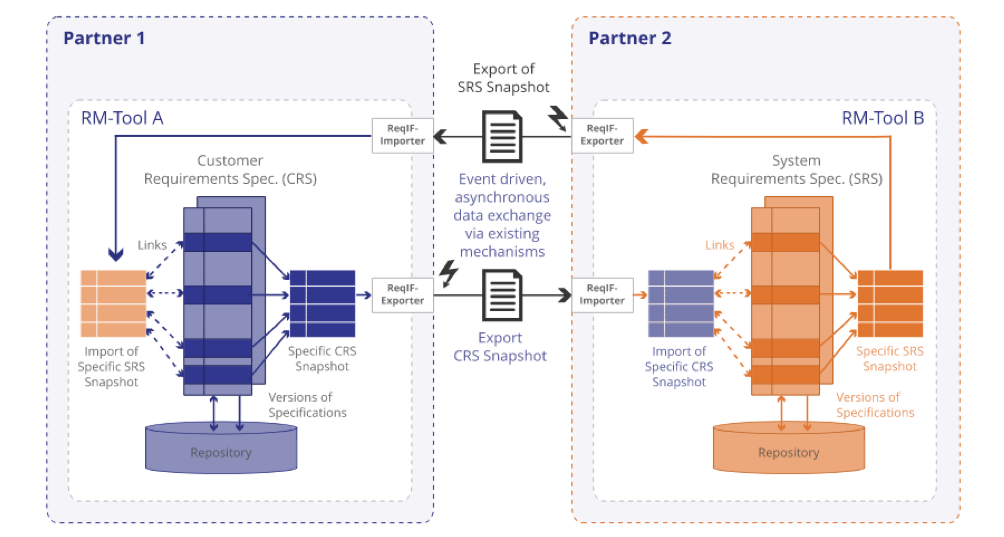Systems thinking is an approach to solving complex problems by breaking their complexity down into manageable units. This makes it easier to evaluate the system holistically as well as in terms of its individual components.
A high-level, interconnected view of the product development process can yield new insights into how products are defined, built, released and maintained. Product managers sit at the center of the product development system, so they’re primarily responsible for understanding and directing the system.
You can think of systems thinking as a diagnostic tool: a disciplined approach to examining problems more completely and accurately before taking action. Systems thinking encourages teams to ask the right questions before charging ahead under the assumption that they already know the answers.
For product teams grappling with exceptionally complex design specs and requirements, systems thinking opens the door to procedure-level improvements and the ability to take full advantage of solutions that support them.
In this post, following up on our recent piece about systems thinking for medical device development, we talk about how product managers can leverage systems thinking to improve their processes.
The Iceberg Model: How to Put Systems Thinking Into Action
The Iceberg Model is a practical way to put systems thinking into action. We borrowed the following excellent example from the smart folks at the Northwest Earth Institute.
Picture an iceberg (doomed ship optional). The tip sticking out of the water represents the event level. Problems detected at the event level are often simple fixes: You wake up in the morning with a cold, so you take a couple of ibuprofen to feel better. However, the Iceberg Model encourages us not to assume that every issue at the event level can be quickly resolved by treating the symptom.
Just below the event level is the pattern level. As the name suggests, this is where you detect patterns: You catch more colds when you skimp on sleep. Observing patterns helps product managers forecast events and identify roadblocks before they rear their ugly heads.
Below the pattern level is the structure level. If you ask, “What’s causing this pattern?” the answer is likely to be structural. You catch more colds when you skimp on sleep, and you skimp on sleep when you’re under pressure at work or when your personal life is causing you stress.
The mental model level is where you find the attitudes, beliefs, expectations and values that allow structures to function as they do. These attitudes are often learned subconsciously: from our parents, our peers, our society. If “I’ll sleep when I’m dead” is part of your mental model, you’ll have trouble making the attitude and behavior adjustments that could help you avoid another cold.
The Iceberg Model encourages you to stop putting out fires and start addressing deeper issues. Using this model can align your team members through shared thinking and reveal opportunities to make small changes to the process that will yield big benefits.
More Visibility, Superior Collaboration
With a systems-thinking approach, complex product development teams can improve their processes by enhancing visibility and enabling more seamless collaboration and coordination between stakeholders.
Complex product development requires that the right people have visibility into the right parts of the system at the right time. Systems thinking drives teams to coordinate and communicate through a common system need. Collaboration becomes easier and more productive when teams are free to find approaches within their disciplines that are most effective for them, while still meeting the needs of the system.
Compliance & Traceability
Simple changes to requirements can have far-reaching impacts, and it’s hard to isolate every system component that could be affected by a requirement modification. It’s easier to assess the impact of proposed changes – that is, to perform valuable impact analysis – when you have a roadmap that shows you precisely where each requirement or business rule was implemented in the software. Traceability gives you that roadmap.
By helping identify all the areas you may have to modify to implement a proposed change to a requirement, traceability enables impact analysis. With proper traceability, you can follow the life of a requirement both forward and backward, from origin through to implementation.
Traceability is difficult to establish after the fact, so teams can use a tool like Jama Connect from the beginning to track tasks, keep tabs on evolving requirements and contextualize test results. Traceability gives teams confidence in the safety and quality of their products, and helps them demonstrate compliance with national and international standards for highly regulated industries.
Since lower-level requirements and outputs are defined within the context of a specific system need, traceability allows teams to understand that context and the downstream impacts of any change made.
Customized Solutions for Complex Product Development
Organizations across a huge range of industries are engaged in complex product development. Systems thinking encourages teams to work through a common system need, while still employing the approaches that work best within their disciplines. To assist, Jama Connect provides visibility throughout the product development cycle and keeps stakeholders connected to minimize miscommunication and unnecessary rework.
And our Jama Professional Services consultants work with you to understand your objectives and configure the platform to support your process in the optimal way. As your process, people and data change, our experts help you realign development methodologies to best practices, elevate your requirements management skills and reinforce your process. For larger teams that want ongoing deployment and optimization assistance, our adoption services give you a team of experts at your fingertips.
Learn more about some of the ways systems thinking helps overcome complex product development with our whitepaper, “Systems Engineering and Development.”











